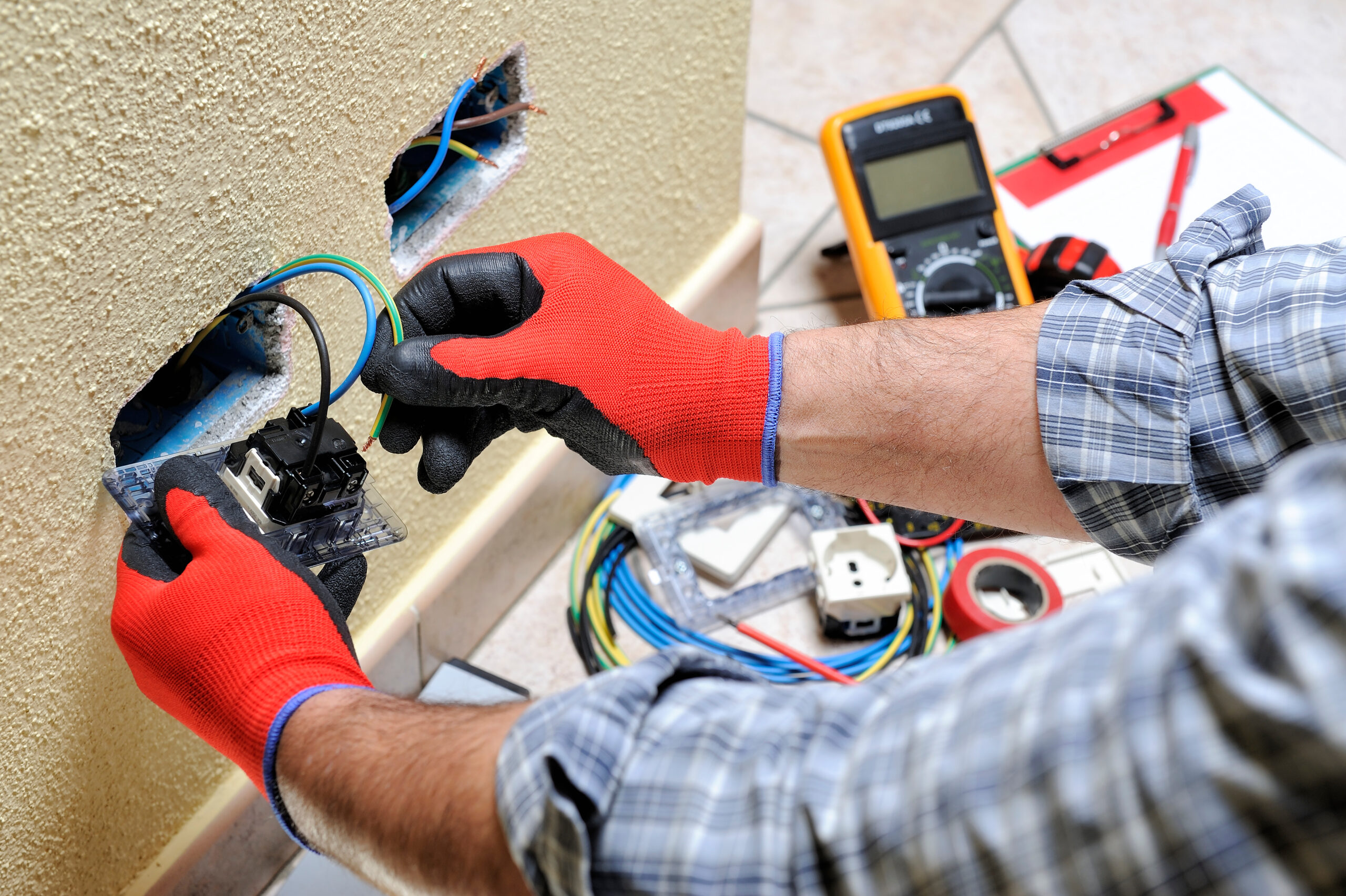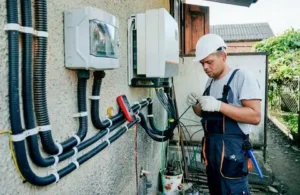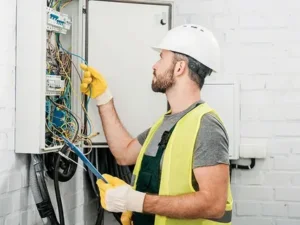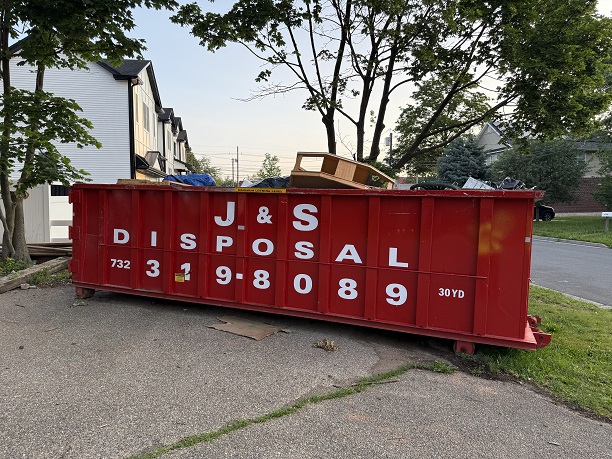
Copper pipe fitting remains a trusted standard in residential and commercial plumbing. Its durability, reliability, and adaptability make it a strong choice for long-term infrastructure. This article explores the technical merits of copper pipe fitting, showing why property owners and a professional plumbing contractor continue to rely on it for modern plumbing systems.
Copper Pipe Fitting and Its Role in Plumbing Systems
Copper pipe fitting supports efficient water flow while maintaining high mechanical integrity. It offers stability in high-pressure and high-temperature systems, making it valuable for both homes and commercial facilities. Understanding the role copper fittings play in water distribution helps clarify why they are still widely specified by engineers and plumbers.
Definition and Basic Function
Copper pipe fittings are connectors, bends, and joints used to route and secure copper piping. Their function is not only structural but also hydraulic—ensuring leak-free flow within pressurized plumbing systems.
Residential and Commercial Use Cases
- Residential: Commonly found in kitchens, bathrooms, and heating lines where water quality and safety are priorities.
- Commercial: Installed in larger networks where temperature fluctuations and constant water demand require proven reliability.
Durability and Longevity of Copper Fittings
Copper fittings are valued for lasting decades without major degradation. Their metallurgical properties contribute to both physical strength and chemical resistance.
Corrosion Resistance
Copper naturally resists rust, which extends pipe life. It forms a protective patina that shields the metal from further oxidation, unlike steel, which deteriorates faster.
Heat and Pressure Performance
Plumbing systems often experience spikes in pressure and temperature. Copper fittings withstand both without warping, making them stable for hot water supply and HVAC applications.
Comparing Copper to Plastic and Other Pipe Materials
Property owners often compare copper with alternatives like PEX or PVC. Each material has distinct traits, but copper maintains technical advantages in certain conditions.

Table: Copper vs. Plastic Pipe Materials
| Feature | Copper Pipe Fitting | Plastic Pipe (PEX/PVC) |
|---|---|---|
| Durability (years) | 50+ | 25–40 |
| Heat Tolerance | High (up to 400°F) | Moderate (200°F max) |
| Pressure Resistance | Excellent | Good but lower |
| Environmental Impact | Recyclable | Limited recyclability |
| Water Quality | Neutral, safe | May leach chemicals in heat |
| Installation Complexity | Requires soldering | Easier, push-fit connections |
Interpretation of Comparison
Copper is more labor-intensive to install but offers unmatched reliability in hot water and long-term use. Plastic may provide faster installation but introduces risks in heat-sensitive environments.
Water Quality and Safety with Copper Fittings
Copper’s stability benefits water safety, which is a critical factor for both households and businesses.
Neutral Material Properties
Copper does not release harmful chemicals into water, preserving purity. This makes it an approved material in health-sensitive environments like hospitals and food service facilities.
Resistance to Microbial Growth
Copper’s antimicrobial properties reduce the chance of biofilm accumulation inside pipes. This limits bacterial growth that could otherwise affect water quality.
Installation Methods and Technical Considerations
Copper pipe fitting installation requires precision. While more technical than plastic systems, the methods ensure structural integrity when done correctly.
Soldered Joints
Heat is applied to bond copper fittings with solder, creating a sealed and durable joint. This method requires skill but results in high strength.
Press-Fit Connections
Press fittings allow faster assembly without open flames. They maintain reliability while reducing installation time in commercial projects.
Expansion and Contraction Behavior
Copper expands predictably under heat, which must be accounted for during design. Proper spacing and anchoring prevent stress on joints.
Environmental and Economic Aspects of Copper
Copper is both a long-lasting material and recyclable. This contributes to sustainability goals in modern construction.
Recyclability
Unlike plastic, copper retains its properties when recycled. This allows reclaimed copper to be reused in new plumbing systems without loss of quality.
Long-Term Cost Efficiency
Although upfront installation may be more expensive, copper’s extended service life reduces the frequency of replacements and repairs. This creates lower lifecycle costs for property owners.

Conclusion
Copper pipe fitting combines durability, safety, and long-term reliability. Its corrosion resistance and high heat tolerance make it a dependable option for plumbing systems in both residential and commercial environments. While alternatives like plastic piping may lower installation time, copper maintains a clear technical edge in strength, water quality, and sustainability.
Property owners weighing plumbing material options benefit from understanding these merits. By choosing copper fittings, they secure an infrastructure that is not only efficient today but continues to perform for decades.
For more details visit here: https://jpmhomeservice.com/?utm_source=backlink.
FAQs
Is copper still a good choice compared to modern plastic pipes?
Yes. Copper offers better resistance to heat, pressure, and corrosion, making it superior for long-term performance in critical plumbing applications.
Do copper fittings affect drinking water taste or quality?
No. Copper is a neutral material and does not alter water taste. It also prevents harmful bacterial growth inside pipes.
Are copper pipes safe for hot water systems?
Yes. Copper withstands high temperatures without softening or degrading, making it ideal for hot water lines and heating systems.
What installation method is best for copper fittings?
Soldered joints remain the standard for strength, but press-fit connections are increasingly used for faster installation with reliable sealing.
Is copper plumbing environmentally sustainable?
Yes. Copper is fully recyclable and maintains its properties after reuse, contributing to sustainable building practices.
Reviewer: Chloe Martinez brings 8 years of experience in home improvement. Feedback from Chloe helped shape this post to better support companies working to strengthen their reputation and expand their reach.








